maker faire extravaganza.
Sashimi Tabernacle Choir
by Richard Carter and John Schroeter (+30 volunteers).
“What can be more annoying than an animated singing fish? Try 250 of them bolted to a Volvo and singing Opera”. It features 2 soloists, a conductor (The Lobster Formerly Known as Larry), and 6 different choral groups, performing everything from Opera to Pop to Punk Rock. The car has over 300 pounds of batteries, a computer, 31 custom circuit boards, and 5 miles of control system wire. They took something awful, and amplified it. At the end, even though a little annoying, it was a very entertaining show for everyone at the faire, and could not be ignored even if you wanted it. Talk about impact!
Blu – Education and Hobby Robotics Kit
by Photon Robotics.
Blu is a series of programmable robotics system for education, hobby, and research use. It features an Arduino controller, and they’re easy to program. The ones in the small exhibition included 3 models: the Sensing Touch used a simple touch sensor to detect walls and obstacles, triggering the (car like) robot to turn around. Sensing Light uses a pair photocells to tell Blu to turn right or left. Sensing Distance was a bit more complicated, having a rangefinder and a servo gripper. The cool thing about these is they are targeted mostly for kids. Meaning they’re that simple to assemble, and it really gives them a sense of what electronics are, directing them into the geek field.
Notify Me Now
by Andrew Katz.
It’s basically a monitoring system for your house/room. It’s an open source sensor used to notify the computer user of the current status of the sensor. Like the creator said “like when you don’t want your little brother in your room, and you want to know when his there, the sensor will tell you”. He’s 12… 12 years-old!!!! I loved this kid. According to his chart, he already programs using C++, Java, Processing, and Arduino. Hell, he’s even taken classes at MIT. Cute and innocent, the project prototype was well built and fully functional. This is the kind of things that inspire me to make art and design more accesible to kids, because this is evidence of what it can result in.

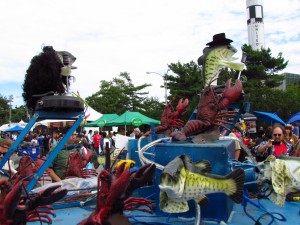





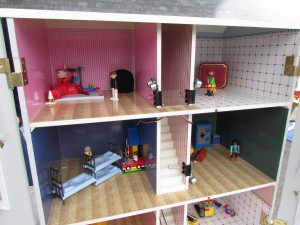









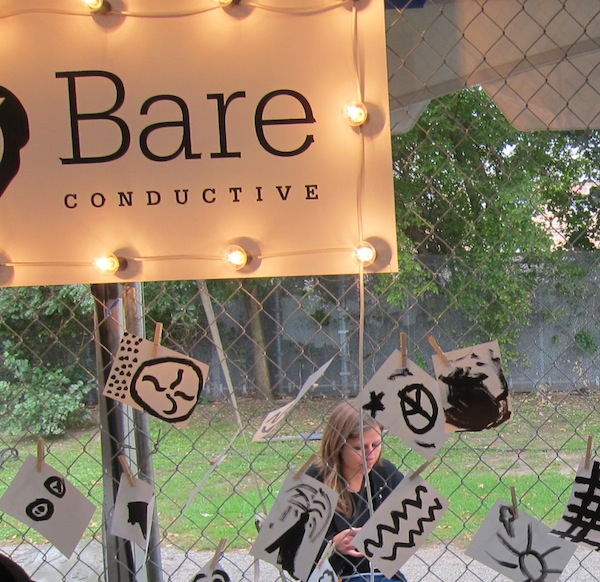








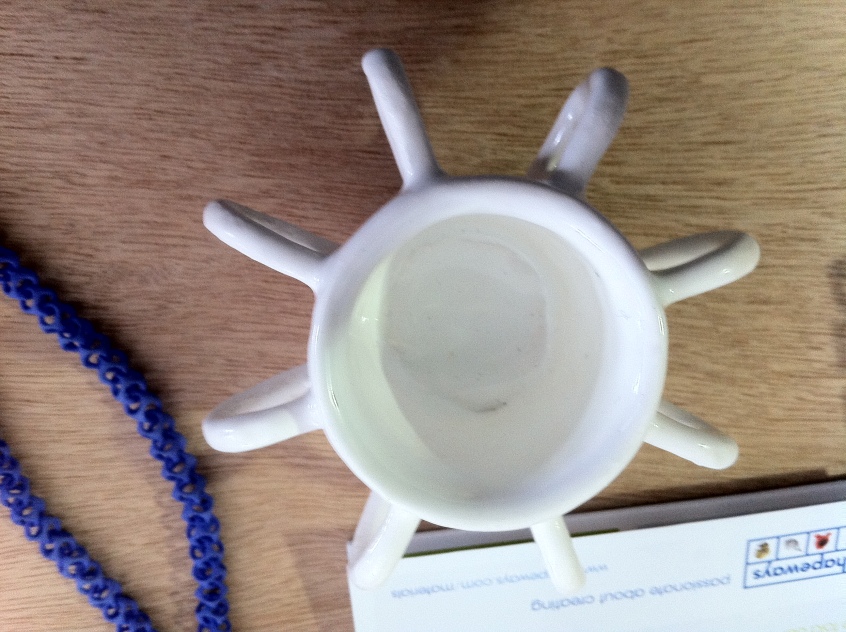
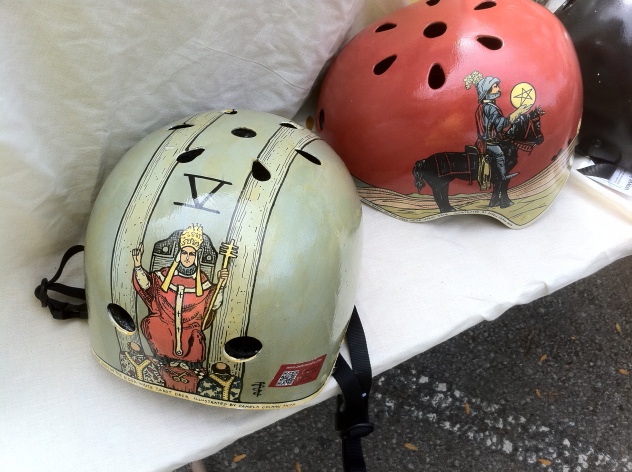
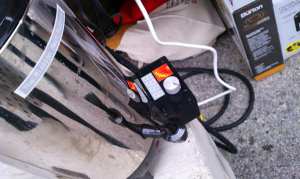



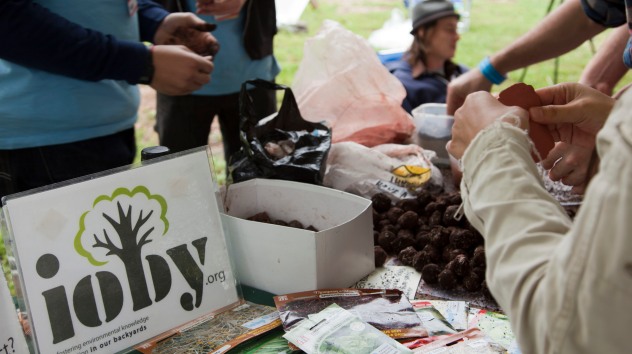
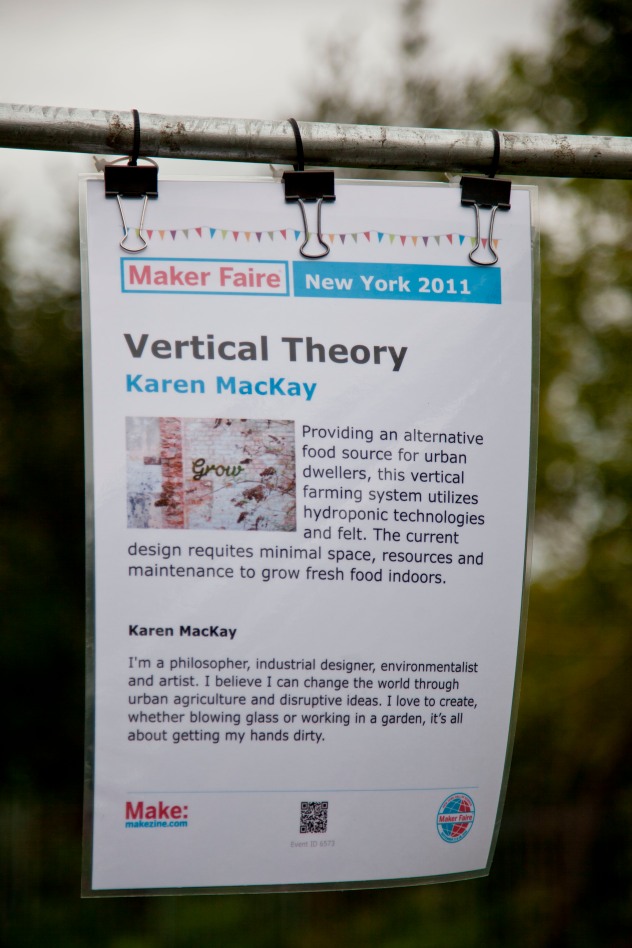
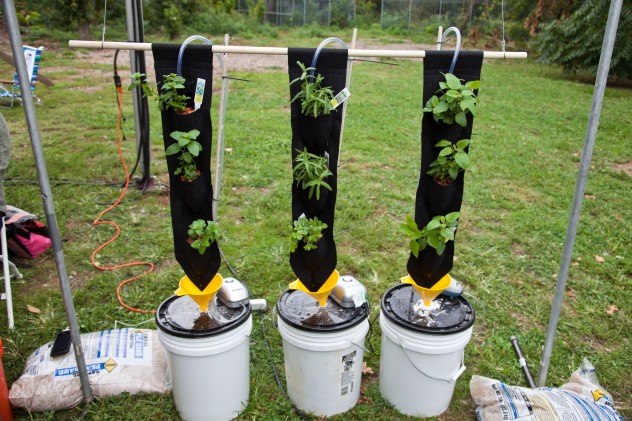

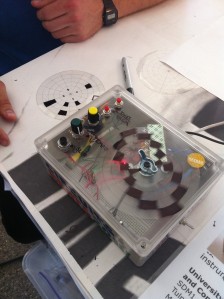














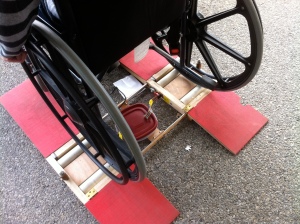




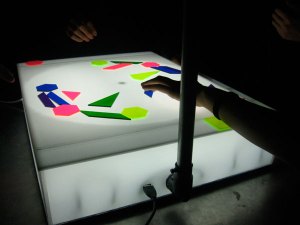

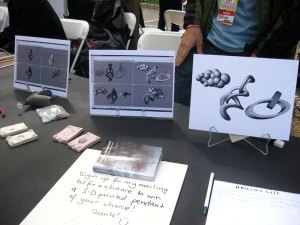


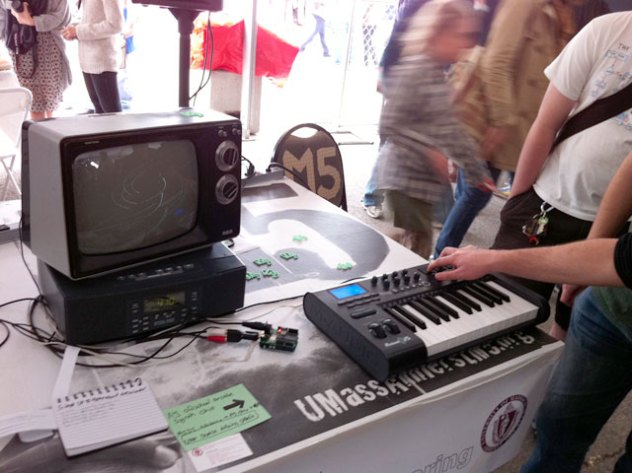









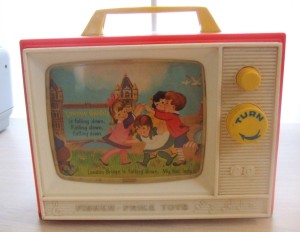 My Favorite toy: This TV set….
My Favorite toy: This TV set….
Reply